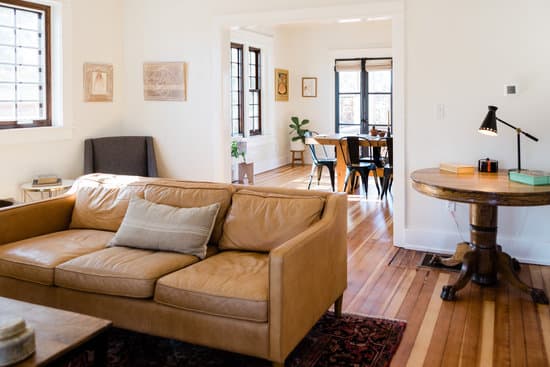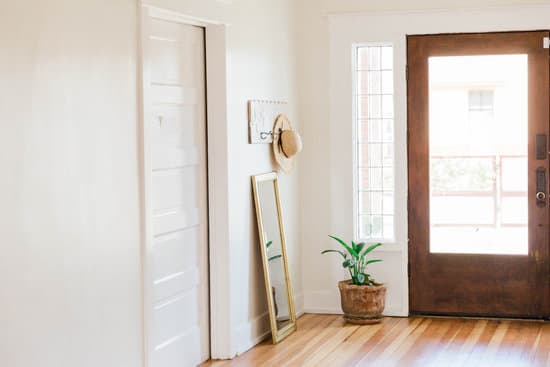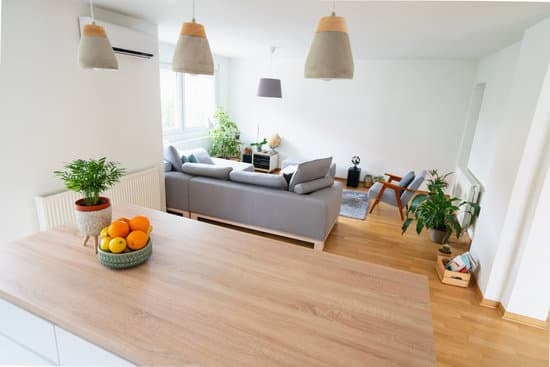The Definition of Vintage Furniture
Vintage furniture is a term that’s often thrown around when it comes to interior design. However, what makes a piece of furniture vintage? The majority of antique dealers consider an item to be vintage if it’s at minimum forty years of age. For this blog, a vintage object is one that was made between 1918 and 1978. This means that anything made during that time period is vintage, and anything made before that is considered antique. Although many antique objects are popular and sought-after, there are also a variety of reasons why vintage pieces have become beloved items.A Timeline of Vintage Furniture
Vintage furniture has a rich history, with designs and styles evolving throughout the years. The 1920s were known for art deco designs, with bold geometric shapes and luxurious materials like velvet and chrome. The 1930s brought us Art Moderne, a streamlined style that was influenced by industrial designs. During the 1950s and 1960s, mid-century modern furniture gained popularity, with clean lines and natural wood tones being a trademark of the style. The 1970s brought us the earthy, bohemian vibes of the Hippie movement, with macrame and rattan furniture being particularly popular. Timeline of Vintage Furniture:- 1920s – Art deco designs
- 1930s – Art Moderne
- 1950s-60s – Mid-century modern
- 1970s – Hippie/Bohemian style
Characteristics of Vintage Furniture
Vintage furniture often has unique characteristics that set it apart from modern designs. Here are a few things to look for when trying to identify vintage pieces:- Natural materials like wood, leather, and metal
- Mid-century modern designs with clean lines
- Unique shapes and designs, often reflecting the artistic influences of their time period
- Ornate details and intricate carvings in antique pieces
- Emphasis on quality craftsmanship
Popular Vintage Furniture Designs and Styles
When it comes to vintage furniture, there are a few designs and styles that are especially popular among collectors and decorators. Mid-century modern furniture is one of the most sought-after styles today, due to its clean lines and natural wood tones. Art deco designs are also a favorite among collectors, with their bold geometric shapes and luxurious materials. For those looking for a more bohemian vibe in their home, rattan and macrame furniture from the 1970s is a popular choice. Popular Vintage Furniture Designs:- Mid-century modern furniture
- Art deco designs
- Rattan and macrame furniture from the 1970s
The Appeal of Vintage Furniture in Home Decor
There are many reasons why vintage furniture is so appealing in home decor. For one, vintage pieces add a sense of history to a space, and can serve as a conversation starter. Vintage furniture is often unique, with designs that you won’t see in modern furniture stores. Plus, vintage pieces are often more durable, thanks to the emphasis on quality craftsmanship during their time period. When paired with modern or contemporary decor, vintage pieces can add a touch of character and personality to any home.Building a Collection of Vintage Furniture
If you’re interested in building a collection of vintage furniture, there are a few things to keep in mind. First, have a clear idea of what you’re looking for and what style you want to focus on. Research different time periods and designs to get a sense of what you like. Next, do your research and shop around. Vintage furniture can be found at flea markets, antique stores, and online marketplaces. Be prepared to negotiate prices and know when to walk away if something isn’t worth the cost. Finally, take care of your vintage pieces and maintain them regularly to ensure they last for years to come.Caring for Vintage Furniture in Your Home
Vintage furniture requires a bit of extra care to ensure it doesn’t deteriorate over time. Here are a few tips for maintaining your vintage pieces:- Regularly dust your furniture and keep it out of direct sunlight to prevent fading
- Condition wood furniture with oil or wax to prevent it from drying out and cracking
- Repair any damage or scratches as soon as possible to prevent further damage
- Avoid harsh chemicals when cleaning your furniture, and opt for gentle, natural solutions instead





















